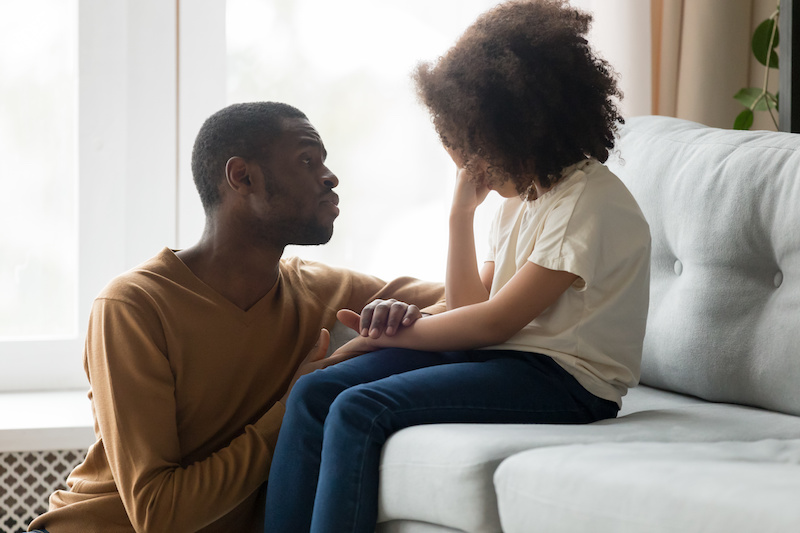Get answers about your child’s chronic pain

Related Posts :
-

Which pain medication is right for your child? What a pediatrician wants parents to know
There’s no shortage of safe and effective pain medications for children. Acetaminophen (commonly known as Tylenol), ibuprofen (Motrin, Advil), ...
-

When to refer a pediatric patient for endometriosis
Endometriosis is a complex disease in which endometrium-like tissue grows in locations such as the fallopian tubes, ovaries, or pelvic ...
-

‘What I want you to know about endometriosis’: Iva’s story
Growing up, I heard stories about how everyone’s first period is usually no big deal. The cramps, the fatigue, ...
-

Crossing the ocean: Kathryn learns how to manage chronic pain
When Kathryn Chechile, 11, “graduated” from Boston Children’s Pediatric Pain and Rehabilitation Center (PPRC) last year, she painted a tile ...





